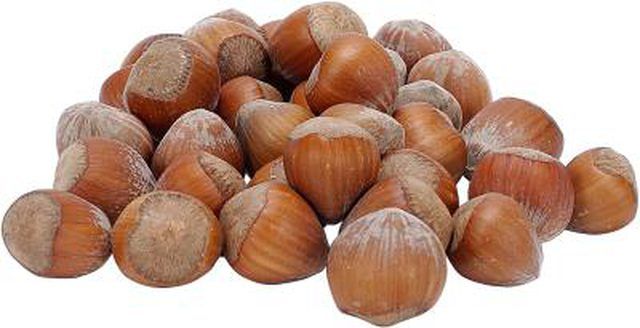Bulbs
Flower Basics
Flower Beds & Specialty Gardens
Flower Garden
Garden Furniture
Garden Gnomes
Garden Seeds
Garden Sheds
Garden Statues
Garden Tools & Supplies
Gardening Basics
Green & Organic
Groundcovers & Vines
Growing Annuals
Growing Basil
Growing Beans
Growing Berries
Growing Blueberries
Growing Cactus
Growing Corn
Growing Cotton
Growing Edibles
Growing Flowers
Growing Garlic
Growing Grapes
Growing Grass
Growing Herbs
Growing Jasmine
Growing Mint
Growing Mushrooms
Orchids
Growing Peanuts
Growing Perennials
Growing Plants
Growing Rosemary
Growing Roses
Growing Strawberries
Growing Sunflowers
Growing Thyme
Growing Tomatoes
Growing Tulips
Growing Vegetables
Herb Basics
Herb Garden
Indoor Growing
Landscaping Basics
Landscaping Patios
Landscaping Plants
Landscaping Shrubs
Landscaping Trees
Landscaping Walks & Pathways
Lawn Basics
Lawn Maintenance
Lawn Mowers
Lawn Ornaments
Lawn Planting
Lawn Tools
Outdoor Growing
Overall Landscape Planning
Pests, Weeds & Problems
Plant Basics
Rock Garden
Rose Garden
Shrubs
Soil
Specialty Gardens
Trees
Vegetable Garden
Yard Maintenance
How to Prune the Corylus Americana
How to Prune the Corylus Americana. The American hazelnut (Corylus americana), also commonly called American filbert, is a large deciduous shrub that reaches a mature size of up to 16 feet tall and 13 feet wide. Grown in U.S. Department of Agriculture plant hardiness zones 4 through 9, American hazelnuts flower in early spring with male plants...

The American hazelnut (Corylus americana), also commonly called American filbert, is a large deciduous shrub that reaches a mature size of up to 16 feet tall and 13 feet wide. Grown in U.S. Department of Agriculture plant hardiness zones 4 through 9, American hazelnuts flower in early spring with male plants producing brown flowers and females producing red flowers. Female flowers later produce edible nuts ready to harvest in midsummer. These fairly low-maintenance shrubs are commonly grown as hedges, but their root-suckering habit can result in dense thickets without regular pruning.
Things You'll Need
Chlorine bleach
Bypass pruners
Lopping shears
Disinfect bypass pruners and lopping shears in a solution of 10 percent bleach. Mix 1 part chlorine bleach with 9 parts water. Add the bleach solution to a spray bottle and keep it on hand among your garden supplies for easy and quick use.
Cut all root suckers back to the ground as soon as they sprout. Root suckers are the most common pruning problem with American hazelnut; suckers result in dense thickets and make the plant potentially invasive. These upright sprouts shoot up from the roots; they are less substantial than the main branches, but take valuable water and nutrients from the rest of the plant.
Trim long branches to control the size of the hazelnut shrub; cut back to a branch union or just above a bud or node on the branch. This type of pruning is only required if you need to maintain the size to fit in a designated spot in your garden.
Thin out up to one-third of the total main branches to open up the inside of the hazelnut shrub if it becomes too dense. Dense thickets of American hazelnut result in less sunlight and air circulation to the center of the plant. Cut the branches back to the ground or back to the branch union with the parent branch. This type of pruning, called rejuvenation pruning, thins out overcrowded branches, but also encourages new growth to replace old stems. Prune another one-third of the plant in the following fall and the remaining one-third in the third year of pruning.
Cut the entire plant back to the ground if it overwhelms the space, if plant performance suffers, or if you want to renew an old shrub. This type of pruning, called renewal pruning, encourages the plant to sprout all new stems. While rejuvenation pruning also leads to new branches over a longer period of time, this renewal pruning method is more desirable for misshapen or very old shrubs. American hazelnut shrubs recover well from this type of pruning.